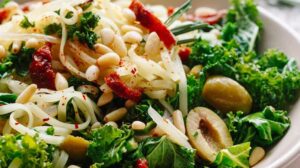Predisposing Factors
- Biological theories
- Genetics
- Twin and family studies
- Other genetic studies
- Biochemical influences
- Possible excess of norepinephrine and dopamine
- Physiological influences
- Brain lesions
- Enlarged ventricles
- Medication side effects
- Genetics
- Psychosocial theories
- Credibility of psychosocial theories has declined in recent years.
- Bipolar disorder is viewed as a disease of the brain.
Developmental implications: Childhood and Adolescence
- Lifetime prevalence of pediatric and adolescent bipolar disorders is estimated at about 1%.
- Diagnosis is difficult.
- Treatment strategies
- Psychopharmacology
- Lithium
- Divalproex
- Carbamazepine
- Atypical antipsychotics
- Attention deficit/hyperactivity disorder (A D H D) is the most common comorbid condition.
- A D H D agents may exacerbate mania and should be administered only after bipolar symptoms have been controlled.
- Family interventions
- Psychoeducation about bipolar disorder
- Communication training
- Problem-solving skills training
- Psychopharmacology




